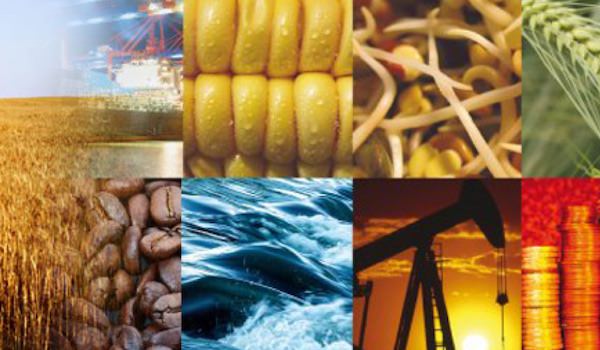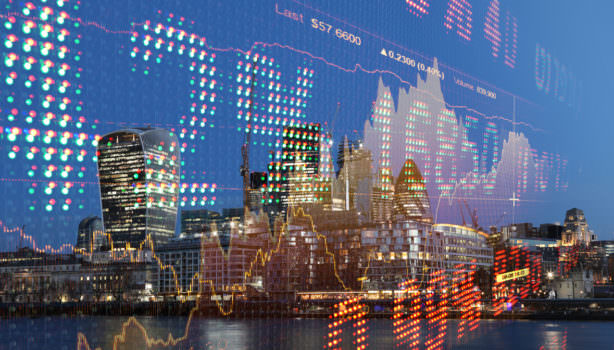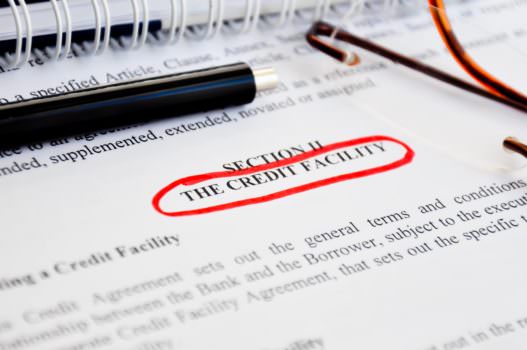State-Backed Loans Are a Financing and Not an Automatic Right
Put in place by the French Government to offer companies easy access to COVID-19 special financial support, the banks are not entirely comfortable with some of the terms and conditions of the measures. They are exercising their normal due diligence, as they would do with any credit applications. Treasury departments should therefore not spend time thinking about the optimal financing structure in the context of more or less rapid economic recovery.
Large caps stay out of the special financing arrangements put in place by governments
Europe’s largest companies are staying away from the special financing arrangements put in place by governments . In France, even before the presentation of the state-guaranteed loan (Prêt Garanti par l’Etat – “PGE”), several large caps had already secured additional liquidity to get them through the first few months of the crisis, such as Airbus, which announced the signing of a €15 billion syndicated loan on 23 March. Other such raising included Schlumberger with a €1.5bn Revolving Credit Facility and Diageo, who launched and priced a USD $2.5bn bond offering.
Renewing Your Credit Facility? COVID-19 Update
The COVID-19 pandemic is forcing companies to explore how they can optimize their bank financing while managing the current uncertain environment.
Commodity Traders – What is the Threshold for Liquidity Source Diversification?
Humanity is shaped by its crisis. So is trading, as old as humanity as well. In order to survive, trading will continuously have to adapt to demand and supply shocks, logistical challenges, increase in risk premia and last but not least liquidity available. In fact liquidity has always been and will continue to be the number one risk consideration for any trading company.
Rating Agencies – Between Speed and Precipitation
In the crisis, the credit rating agencies have not all reacted in the same way. An analysis of the three main rating agencies actions since the end of February, shows that Standard & Poor’s (S&P) has been much quicker than Moody’s and Fitch in revising down their views – REPORT
Finance Departments: 6 Lessons From the 2008-2009 Financial Crisis
As the bank debt and bond markets are experiencing extreme volatility, Redbridge’s treasury and finance advisory team has listed six lessons learned from the 2008/2009 financial crisis to help finance departments in their primary mission: managing corporate liquidity.
The differentiation between investment-grade and non-investment-grade borrowers is increasing
There is still appetite for highly-rated corporates, but the size of financing must be consistent with a company’s business plan. Since last summer, credit committees have been becoming increasingly cautious and this trends looks set to continue, writes Muriel Nahmias.
Negotiating a Favorable Credit Facility and Improving Credit Rating Quality
Understand your risk positioning to secure the best investment terms
European Trade Receivables Securitization Is Now More Complex
A brief Q&A with Thierry Sebton at Accola
Single-B Issuers Under Scrutiny by Rating Agencies
While credit rating agencies have not yet changed their central scenarios for credit default rates, they appear to be growing more nervous in the face of changes in the economic cycle and the resurgence of volatility against a backdrop of greater geopolitical uncertainty.
What’s Driving the Risk Appetite of Your Potential Financing Banks?
The building blocks that shape a bank’s risk profile















